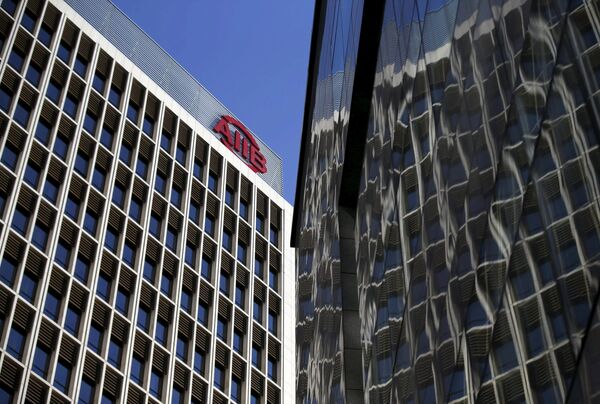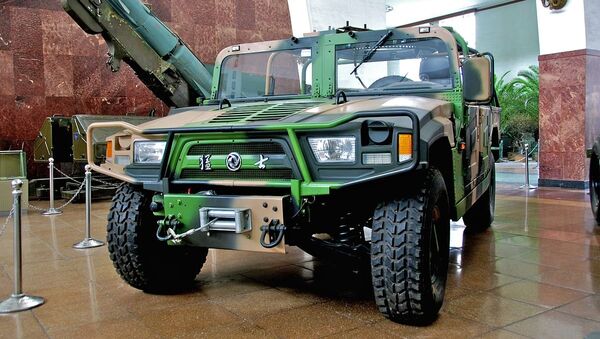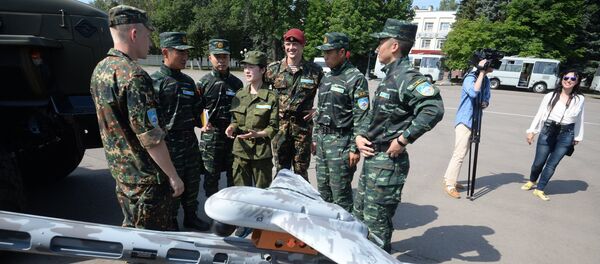In April 2014, the Russian government implemented an updated program for industrial development aimed at improving competitiveness in major areas like the automobile industry, agricultural machinery and construction by 2020.
In April 2015, Russian Prime Minister Dmitry Medvedev spoke of the necessity for state support of national industry, and the challenges faced by Russia and other countries which began to pursue open market policies during the 1990s.
Among the sectors with an over-reliance on imported products, Medvedev named the machine tool industry, the manufacture of heavy machinery, and machinery used for oil and gas extraction.
Other areas of Russia’s economy are already extremely self-sufficient. Imported goods only have a 7-12 percent share in the Russian defense industry, and in the majority of defense sub-sectors the issue of import substitution has been solved.
The same can be said for many areas of the chemical industry, and in agricultural sectors such as fish farming, poultry and brewing.
In 2015, the Russian government financed more than 800 economic investment projects, with 73.5 billion rubles ($1.2 billion) invested through state development funds. In addition, the government provided subsidies for loans and research and development.
Following the reforms, last year already saw some progress in import substitution: the share of imported consumer goods in the retail sector decreased from 42 percent in 2014, to 38 percent in 2015.
Russia is not the only developing economy seeking to produce its own alternatives to imported products; neighboring China has managed to substitute imports in a range of areas, albeit taking a different approach.
On Saturday, RT Russian compiled a shortlist of sectors in which China has managed to provide its own alternative to imports.
Technology
In 2000, China launched the BeiDou Navigation Satellite System, its own alternative to the US GPS and Russian Glonass satellite navigation systems, which were launched in 1978 and 1982 respectively.
The system's 23rd satellite was launched last month, and it aims to deploy a constellation of 35 satellites by 2020 to provide services to global users.
Around 70 percent of China's population uses the satellite system on their mobile phones to search for locations or organize travel arrangements.
Chinese manufacturers of consumer goods have also gained inspiration from imported mobile phones, and transport vehicles.
The similarities don't end in the consumer goods industry, because the Chinese have also copied imported defense weaponry, such as the Shenyang J-11 jet fighter based on the Sukhoi Su-27, and the Dongfeng EQ2050, a Chinese version of the US Humvee.
Alexander Gabuev, a journalist and researcher in the Asia-Pacific Program at the Carnegie Moscow Center, told RT Russian that China does not perceive these kinds of products to be fakes.
"Copying as a kind of high art is a Chinese cultural concept. To do it well is a good thing, it is not considered a fake. It is following a very good model," Gabuev explained.
"Secondly, there is a purely Chinese concept called Shanzhai. This is a complete copy, with the addition of some technological ingenuities."
"Now, copying is taking a back seat. Engineering education in China is quite developed, it has its own national schools and Chinese research centers are making a lot of new developments," Gabuev said.
The Internet
The Chinese Amazon, AliExpress, is an online shopping marketplace which in November 2015 reported a new world record $14.3 billion of sales in a single day. TaoBao, also operated by the Alibaba group, is a Chinese shopping website similar to eBay.
Instead of Facebook and Twitter, in China there is Sina Weibo, which has 500 million users. Around 100 million messages are posted to the network each day.
Payment
In 2002 China established the UnionPay payment system, and ten years later it had more cards in circulation than any other payment system, including established rivals Visa and Mastercard.
The card is now accepted in 160 countries worldwide, and is issued in more than 40 countries. In 2015 UnionPay credit cards accounted for 6.79 percent of purchase transactions worldwide, and debit cards accounted for 6 percent.
In December 2015, Russia launched its own alternative payment card, called 'Mir,' which will be accepted throughout Russia and abroad thanks to cooperation with Mastercard's Maestro, Japan's JCB and American Express.
AliPay, a third-party payment provider similar to Paypal, was launched in 2004 by China's Alibaba Group. By 2015 the company had signed up over 350 million registered users, almost triple the number of US rival PayPal, and carried out an average 80 million transactions per day.
Banking
The Asian Infrastructure Bank is a Beijing-based institution that aims to finance the building of infrastructure in the Asia-Pacific region.

In October 2015, the Chinese Cross-Border Inter-Bank Payment System was launched offering an alternative to Swift. The first participants included 19 banks in China and abroad, which now complete bank clearing and settlement services in renminbi rather than the US dollar.







